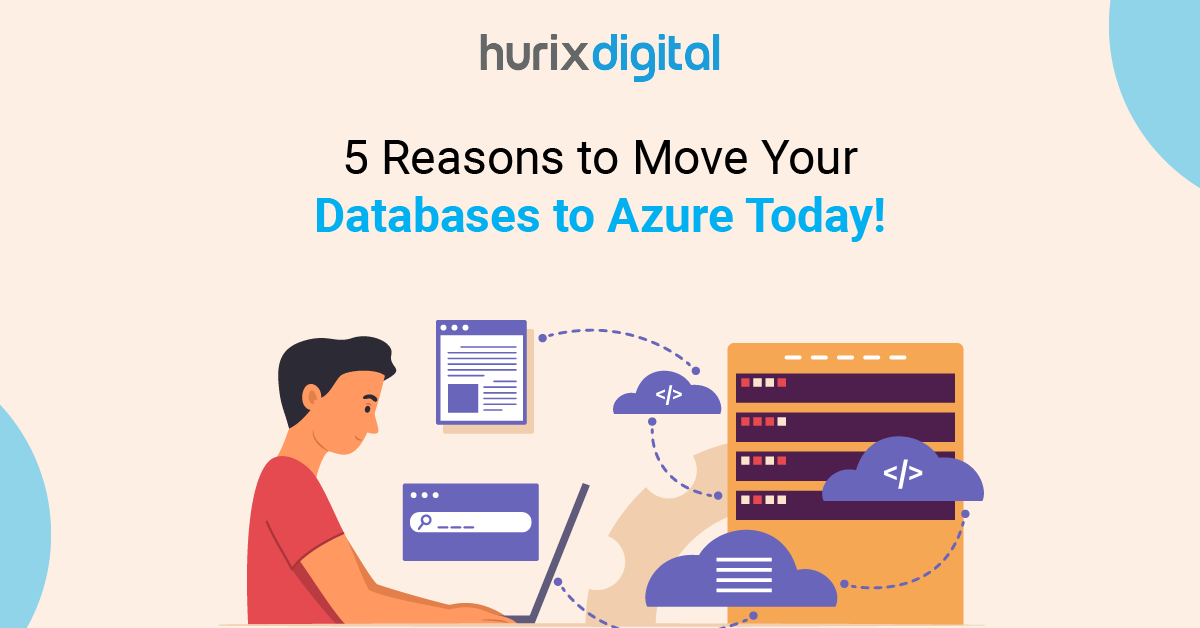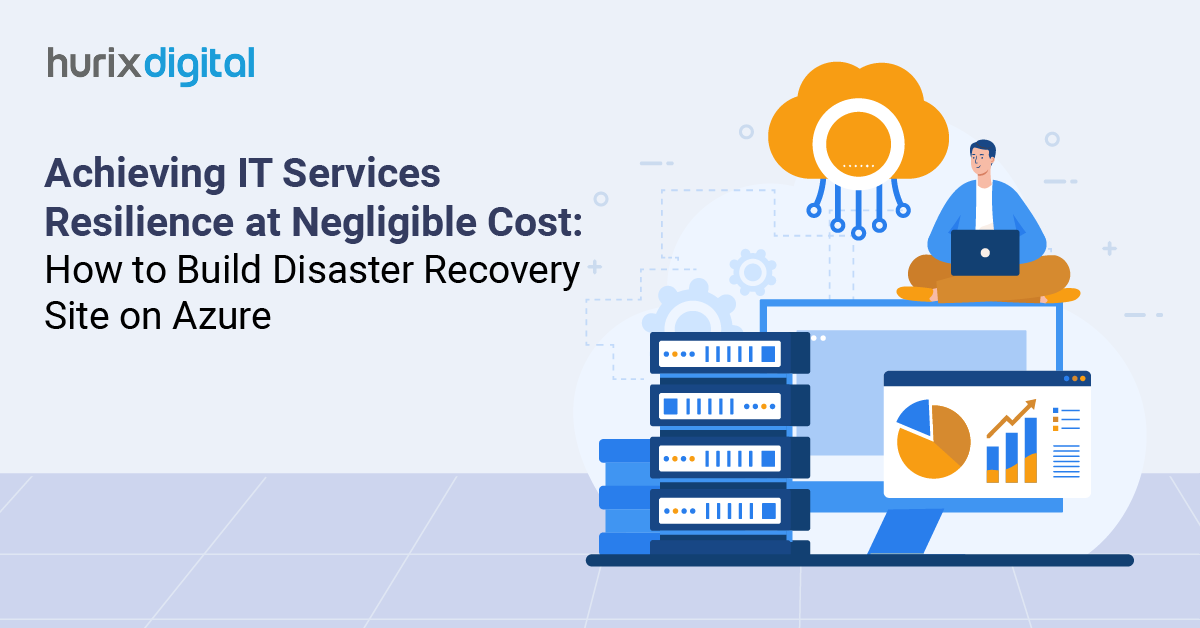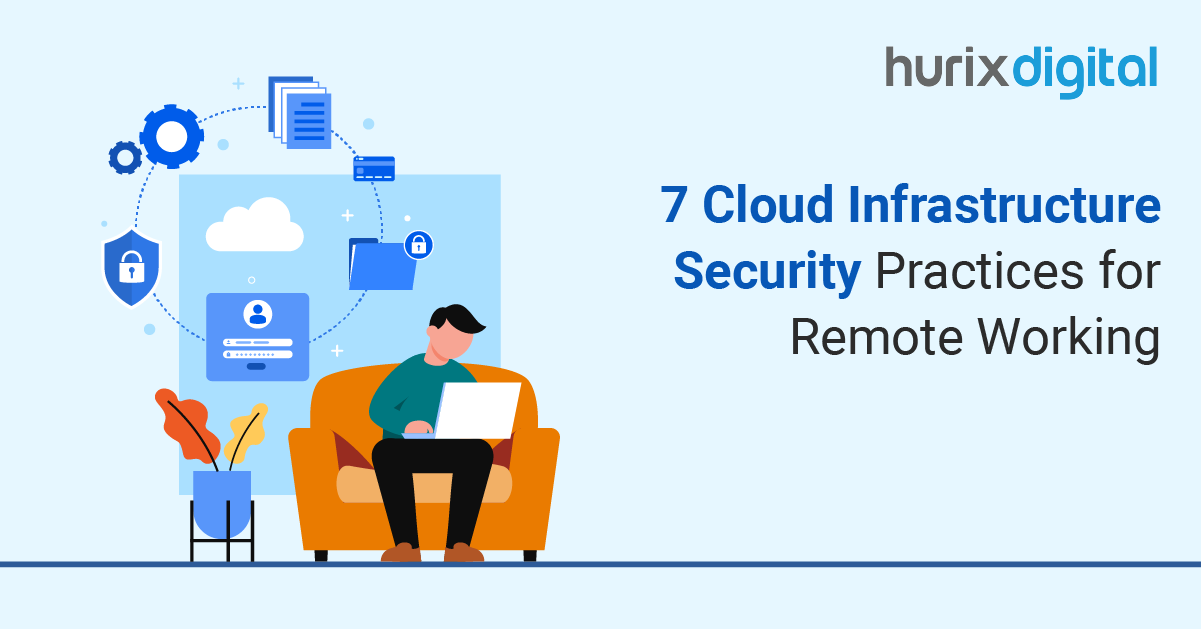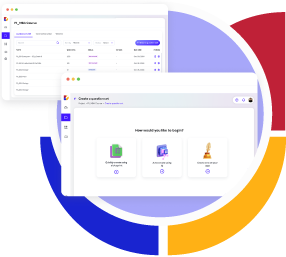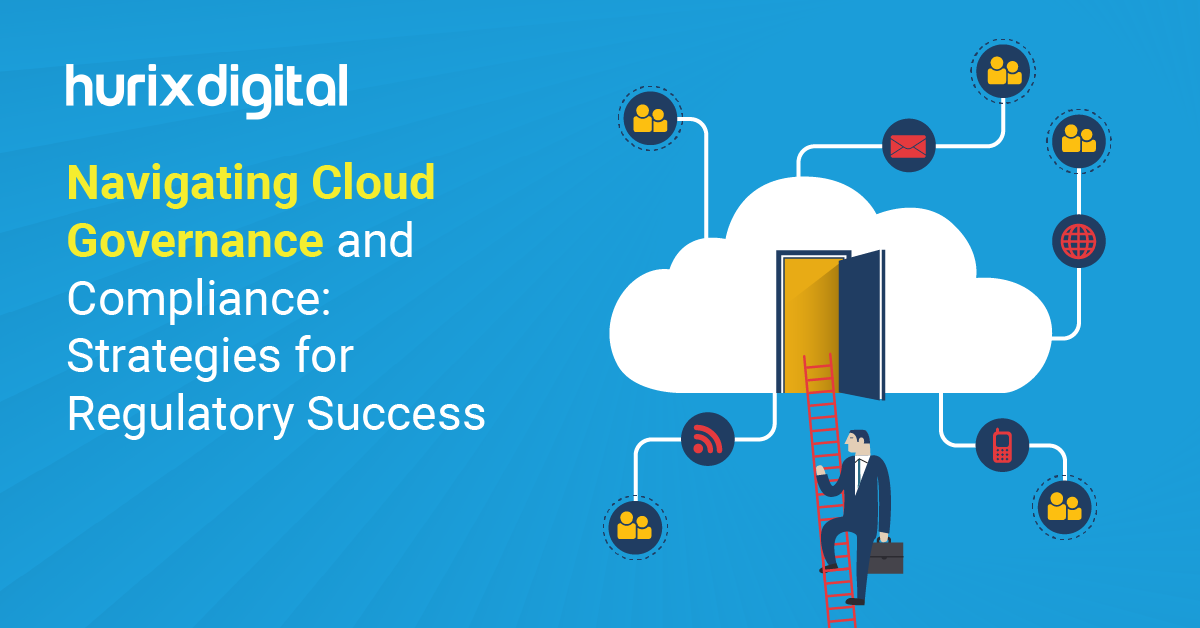
Navigating Cloud Governance and Compliance: Strategies for Regulatory Success
Cloud computing presents a complicated terrain of regulatory systems and compliance issues as it continues to transform the way businesses run.
According to IBM, 45% of breaches are cloud-based. Businesses have to make sure their cloud systems follow different legal and regulatory guidelines, guard private information, and keep strong security policies.
This article explores the nuances of cloud governance and compliance, providing ideas on negotiating legal systems and using key cloud compliance tools.
Table of Contents:
- Understanding Cloud Governance
- The Importance of Cloud Risk Management
- Navigating Cloud Regulations
- The Role of Cloud Auditing
- Ensuring Data Privacy in the Cloud
- Using Cloud Compliance Tools
- Key Security Measures for Cloud Security Compliance
- Final Words
Understanding Cloud Governance
Cloud governance is the framework and collection of techniques used by businesses to control and manage their cloud systems. The purpose of policies, practices, and technology is to ensure that the use of cloud services satisfies security standards, regulatory requirements, and business goals.
Effective cloud governance involves:
- Clarifying duties and obligations in cloud computing
- Developing policies for compliance, privacy, and data security
- Establishing systems to track and audit cloud activity
- Ensuring openness and responsibility in cloud computing
The Importance of Cloud Risk Management
One of the most important parts of cloud control is cloud risk management. It includes finding, evaluating, and lowering problems with cloud services. Risks can arise in many ways, such as through data leaks and unauthorized access.
Key steps in cloud risk management include:
- Looking for possible threats and weak spots in the cloud environment.
- The process of figuring out how likely and harmful threats are.
- Putting plans in place to lessen or get rid of the effects of threats.
- Monitoring the cloud environment regularly to find and fix new problems.
Also Read: Cloud Data Security: Best Practices for Online Applications
Navigating Cloud Regulations
Government, healthcare, and banking companies, among others, must follow cloud rules if they want to function properly. Most of the time, these rules tell you how to handle, store, and protect data in the cloud.
1. Key Cloud Regulations
General Data Protection Regulation (GDPR): Strict guidelines are established by the General Data Protection Regulation (GDPR) for the management and archiving of personal data inside the European Union.
Health Insurance Portability and Accountability Act (HIPAA): The Health Insurance Portability and Accountability Act (HIPAA) is an American law that sets rules for protecting private patient data.
Federal Risk and Authorization Management Program (FedRAMP): FedRAMP is a standard for reviewing, authorizing, and monitoring the security of cloud services.
2. Compliance Standards
Compliance standards enable companies to satisfy legal criteria and ensure data security. Following these guidelines helps a company build credibility and lower its non-compliance risk and chance of being penalized.
Some notable compliance standards include:
- ISO/IEC 27001: A globally recognized standard for managing information security systems.
- SOC 2: Criteria for managing customer data based on five trust service principles—security, availability, processing integrity, confidentiality, and privacy.
- NIST Cybersecurity Framework: This is a framework created by the National Institute of Standards and Technology to assist organizations in managing and mitigating cybersecurity risks.
3. Key Components to Explore
Here are some key components to explore in navigating cloud governance and compliance effectively to ensure regulatory success and data security:
- Policy Development: Clearly define your policies for security, data handling, and cloud use.
- Access Control: Strong access policies will help to guarantee that only authorized staff members may access cloud resources and private data.
- Data Classification: Sort data according to degree of sensitivity and implement suitable security policies.
- Monitoring and Auditing: Tracking cloud activity and doing frequent audits will help to guarantee policy and regulatory compliance.
- Incident Response: Create and keep up an incident response plan to quickly handle security lapses and other events.
The Role of Cloud Auditing
Cloud auditing is heavily involved in ensuring that cloud environments follow business rules and legal criteria. It involves methodically analyzing cloud services to evaluate their security, performance, and compliance.
1. Types of Cloud Audits
Cloud audits typically consist of the following types:
- Internal Audits: Checks that are done by an organization’s internal audit team to see how well internal rules and procedures are being followed.
- External Audits: Independent officials conduct external audits to see if laws and standards are being followed.
- Continuous Audits: Regular checks that use computerized methods to keep an eye on what’s happening in the cloud.
2. Benefits of Cloud Auditing
Cloud auditing can have the following benefits:
- Improved Security: Regular audits help find and fix security flaws.
- Regulatory Compliance: Audits guarantee cloud infrastructures follow cloud regulations and compliance standards.
- Operational Efficiency: Audits help find areas where operations aren’t working as well as they could and where they can be improved.
Ensuring Data Privacy in the Cloud
Data security in the cloud is very important for businesses, especially those that deal with private or secret data. Setting up rules to keep information from being accessed, shared, or used without permission is part of protecting data privacy.
Companies can use the following measures to ensure data privacy:
- Data Encryption: Encrypting data at rest and in flow helps to guard it against illegal access.
- Access Controls: Strict access limits help ensure that only authorized staff members may access private information.
- Data Masking: Data masking hides private information to stop illegal user access.
- Data Retention Policies: Establishing procedures for data retention and erasure will ensure compliance with cloud standards.
In this regard, IT managers and vice presidents of organizations must prioritize robust cloud governance frameworks and proactive compliance strategies to ensure data security, regulatory adherence, and operational efficiency.
Using Cloud Compliance Tools
Automating and simplifying cloud compliance procedures depends on cloud compliance technologies. These tools help organizations track, evaluate, and document their degree of compliance.
Here are the benefits of using these tools:
- Automation: Setting compliance methods to work automatically can cut down on mistakes made by people and boost output.
- Real-Time Tracking: Features that allow for constant tracking help businesses find and fix compliance issues quickly.
- Reporting: Compliance tools create extensive documents proving adherence to legal obligations.
Key Security Measures for Cloud Security Compliance
Compliance with cloud security involves applying industry- and regulatory-based security policies. It guarantees data security from hazards and ensures that cloud settings are safe.
- The use of IAM tools helps track and manage access to cloud resources.
- SIEM tools help find security issues, look into them, and deal with them.
- Encryption keeps data safe from parties that shouldn’t have access to it.
- One way to manage flaws is to check cloud systems for them often and apply fixes as needed.
Also Road: The Revolution of AI in Cloud Computing: Transforming Education and Work
Final Words
Managing the complicated terrain of governance and compliance in the cloud requires a holistic approach covering cloud governance, cloud risk management, and compliance with cloud standards. Organizations can protect their data, satisfy legal requirements, and achieve operational efficiency by creating and applying successful cloud governance plans.
At Hurix Digital, we place a high priority on developing accessible online platforms because we believe that ensuring inclusive digital experiences is a shared duty. Our professionals are skilled in incorporating cloud-managed services to improve web accessibility and guarantee a first-rate user experience.
Contact us today to see how the cloud can benefit your business operations!

Vice President and Strategic Business Unit Head – Cloud Services
A top technology management voice on LinkedIn with 20 Years of experience in Information Technology, Cloud Services, Digital Transformation, Application Modernization, Managed Services, IT Security Engineering and Operations Management. An avid technology Leader, Leadership Speaker, Author & Coach.
 We’re live! Explore the all-new
We’re live! Explore the all-new 
